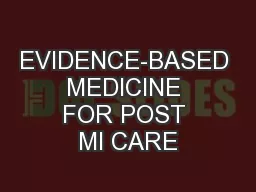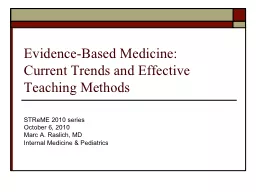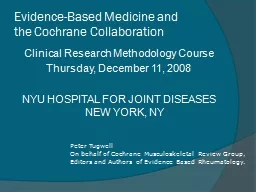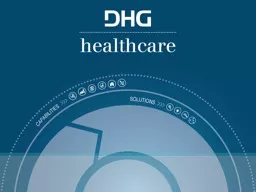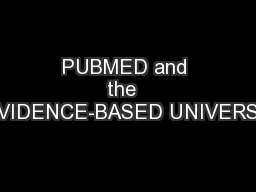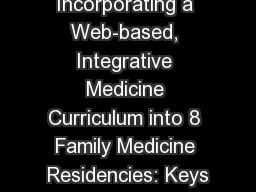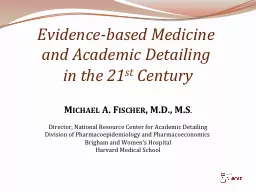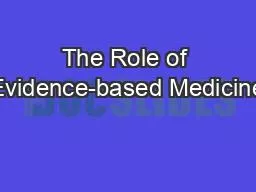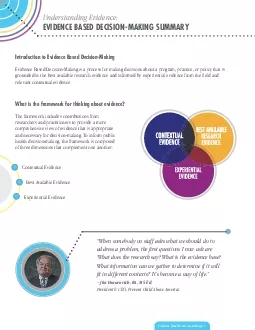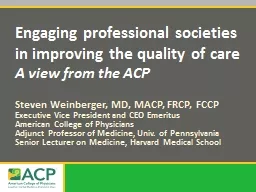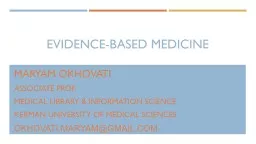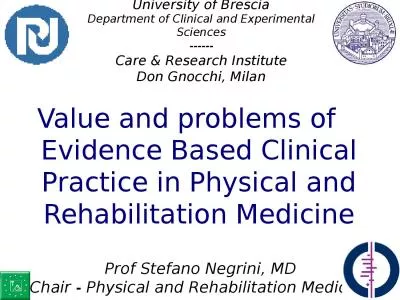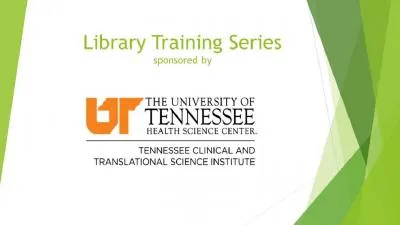PPT-EVIDENCE-BASED MEDICINE FOR POST MI CARE
Author : mitsue-stanley | Published Date : 2015-10-21
presented by Paul St Laurent MSN RN ACNP CCRN Acute Care Nurse Practitioner Baylor Heart and Vascular Hospital What Do We Already Know Aspirin reduces the risk
Presentation Embed Code
Download Presentation
Download Presentation The PPT/PDF document "EVIDENCE-BASED MEDICINE FOR POST MI CARE" is the property of its rightful owner. Permission is granted to download and print the materials on this website for personal, non-commercial use only, and to display it on your personal computer provided you do not modify the materials and that you retain all copyright notices contained in the materials. By downloading content from our website, you accept the terms of this agreement.
EVIDENCE-BASED MEDICINE FOR POST MI CARE: Transcript
Download Rules Of Document
"EVIDENCE-BASED MEDICINE FOR POST MI CARE"The content belongs to its owner. You may download and print it for personal use, without modification, and keep all copyright notices. By downloading, you agree to these terms.
Related Documents

